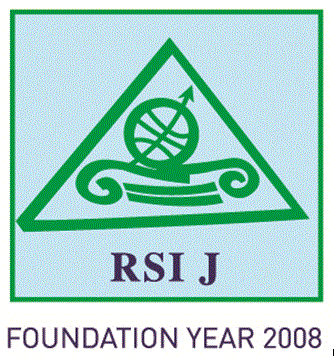Paulo A.L.D. Nunes
Department of Economics, University of Venice, Italy
Peter Nijkamp*
Department of Spatial Economics, VU University Amsterdam, The Netherlands
Abstract:
Biodiversity has received much attention in environmental research and public policy in recent years. There is a world-wide interest in its relevance for the carrying capacity of rich but fragile ecosystems. Voices suggesting building up proper protection mechanisms for unique and scarce diversity become louder. The question emerges whether – and which combination of – ecological and economic insights can help us to identify meaningful policy options to map out proper roads towards a sustainable future. This paper surveys and highlights the potential and limitations of an ecological-economics perspective on biodiversity. Such a perspective on complex biodiversity issues, if firmly supported by modern ecological insights, can help to clarify the processes, functions and values associated with biodiversity. This study aims to offer a historical review of key ecological and economic concepts that are essential in building bridges between ecology and economics, and discusses ways to integrate them. In addition to such issues as biodiversity indices or ecosystem management principles, particular attention is given to various monetary valuation approaches and methods from the perspective of preservation and sustainable use of biodiversity. Furthermore, the use of ecological and value indicators in integrated economic-ecological modelling and analysis is addressed as well. Throughout the paper, several illustrative applications are presented to demonstrate the usefulness of the various approaches discussed. Finally, the paper offers principles for public decision-making regarding biodiversity protection. read more
Keywords: biodiversity, biological resources, ecosystems, millennium ecosystem assessment, monetary valuation, species values, integrated model assessment, certification
